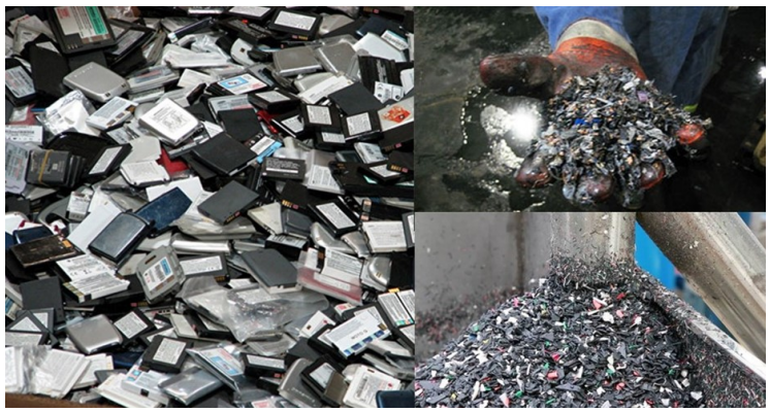
The Commonwealth Scientific and Industrial Research Organisation (CSIRO) has revealed the state of lithium-ion battery waste in Australia, with a report noting only 2 percent of Australia’s annual 3,300 tonnes is currently recycled.
The report, Lithium battery recycling in Australia [PDF], explains that if recycled, 95 percent of components can be turned into new batteries or used in other industries.
By comparison, of the 150,000 tonnes of lead-acid batteries sold in 2010, 98 percent were recycled.
With the waste growing by 20 percent a year and expected to exceed 100,000 tonnes by 2036, the CSIRO believes Australia could lead the world in the reuse and recycling of lithium-ion batteries.
“Given Australia’s historically poor [lithium-ion battery] collection, combined with offshore recycling and landfilling of this waste, this constitutes an economic loss to the Australian economy due to the estimated potential recoverable value of between AU$813 million and AU$3 billion based on current day commodity prices,” the report says.
Lithium-ion battery waste contains valuable resources like cobalt, lithium, base and other metals, and graphite that could be recovered domestically and reused for new products, CSIRO explained.
According to the report, one of the key barriers to the development of a local recycling industry for lithium-ion batteries, however, is the lack of consumer awareness surrounding the environmental and human health and safety risks associated with the improper handling, storage, and disposal of the batteries.
“As a world leader in the adoption of solar and battery systems, we must responsibly manage our use of lithium-ion technology in support of our clean energy future; CSIRO has set out a pathway to do this,” CSIRO battery research leader Dr Anand Bhatt said.
“The value for Australia is three-fold. We can draw additional value from existing materials, minimise impact on our environment, and also catalyse a new industry in lithium-ion reuse/recycling.”
Bhatt and his team are working with industry to develop processes that can support the transition to domestic recycling of lithium-ion batteries.
CSIRO said it is investigating the recovery of valuable secondary resources, such as cobalt, lithium, and graphite, from lithium-ion battery waste. The report highlighted that such resources would otherwise be exported and lost from the Australian economy or lost to landfill.
The organisation is also conducting research on defining data associated with lithium-ion waste generation; materials tracking and costs associated with collection; transport; manual handling and sorting of the waste prior to processing; and inconsistent feedstocks and low volumes of waste.
Additionally, CSIRO has already kicked off a project in Melbourne aimed at supporting the “circular economy” and reuse and recycling of commercial and industrial waste resources.
The project, led by the City of Kingston, connects businesses where waste or by-products from one company can be used at another.
The report also recommends that research, government, and industry work closely to develop standards and best-practice solutions to this issue.
